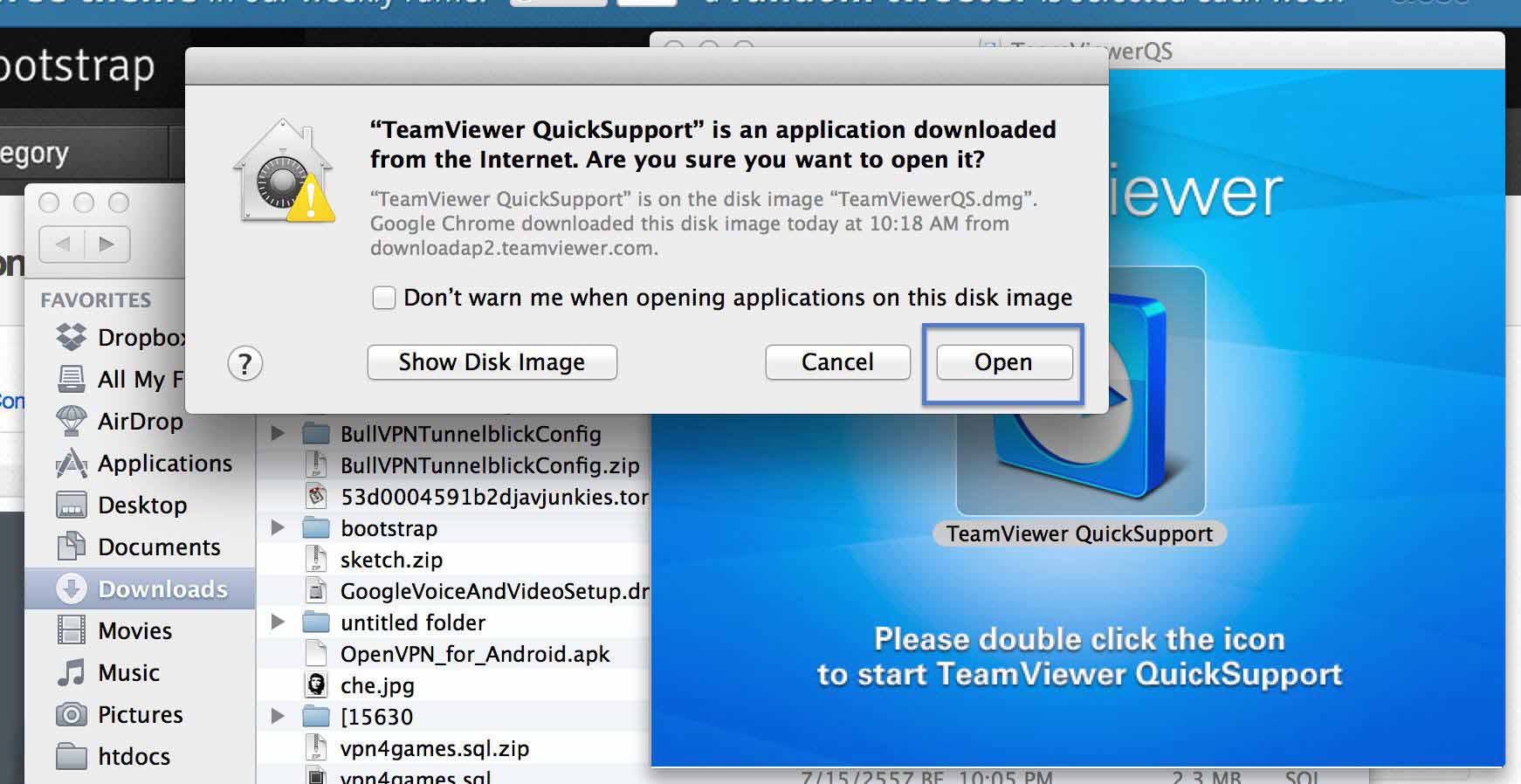

- #TEAMVIEWER FOR WINDOWS INSTALL VIA COMMAND LINE FULL#
- #TEAMVIEWER FOR WINDOWS INSTALL VIA COMMAND LINE REGISTRATION#
- #TEAMVIEWER FOR WINDOWS INSTALL VIA COMMAND LINE SOFTWARE#
- #TEAMVIEWER FOR WINDOWS INSTALL VIA COMMAND LINE WINDOWS 7#
For site administrators, the site is automatically assigned.
#TEAMVIEWER FOR WINDOWS INSTALL VIA COMMAND LINE FULL#
If your environment includes sites and you are logged in as a Jamf Pro Site full administrator, you must select a site for your configuration or add a configuration in the full context of your Jamf Pro instance. įollow the onscreen instructions to add a TeamViewer configuration. In the top-right corner of the page, click Settings. In a separate web browser window, log in to Jamf Pro. Note: To avoid potential issues with an inaccessible account, it is recommended to create the script token using a general TeamViewer account (e.g., Do not link the script token to a specific administrator.
 Provisioning Profiles for In-House Apps. JSON Web Token for Securing In-House Content.
Provisioning Profiles for In-House Apps. JSON Web Token for Securing In-House Content. #TEAMVIEWER FOR WINDOWS INSTALL VIA COMMAND LINE REGISTRATION#
User-Assigned Volume Purchasing Registration. Content Distribution Methods in Jamf Pro. Importing Users to Jamf Pro from Apple School Manager. Settings and Security Management for Mobile Devices. Mobile Device Inventory Display Settings. Mobile Device Inventory Collection Settings. Mobile Device Inventory and Criteria Reference. User Enrollment Experience for Personally Owned Mobile Devices. User Enrollment for Personally Owned Mobile Devices. User-Initiated Enrollment Experience for Institutionally Owned Mobile Devices. User-Initiated Enrollment for Mobile Devices. #TEAMVIEWER FOR WINDOWS INSTALL VIA COMMAND LINE SOFTWARE#
Application Usage for Licensed Software. Settings and Security Management for Computers. Computer Inventory and Criteria Reference. Enrolling Multiple Computers Using the Recon Network Scanner. Enrolling a Computer by Running Recon Locally. Enrolling a Computer by Running Recon Remotely. User-Initiated Enrollment Experience for Computers. User-Initiated Enrollment for Computers. Building the Framework for Managing Computers. Jamf Self Service for iOS Branding Settings. About Jamf Self Service for Mobile Devices. Jamf Self Service for macOS URL Schemes. Items Available to Users in Jamf Self Service for macOS. Jamf Self Service for macOS Branding Settings. Jamf Self Service for macOS Notifications. Jamf Self Service for macOS Configuration Settings. Jamf Self Service for macOS User Login Settings. Jamf Self Service for macOS Installation Methods. Integrating with Automated Device Enrollment. Integrating with LDAP Directory Services. Components Installed on Managed Computers. Windows Presentation Foundation Font Cache 3.0.0. Logical Disk Manager Administrative Service ServiceName which should be used with ‘net’ and ‘sc config’ commands. The first column shows the display name of a service and the second column shows the service name that should be used in net start or net stop or sc config commands. These service names are listed below for each service. So to start Remote procedure call service the command is: net start RpcSsTo stop Remote procedure call service net stop RpcSs But the service name we need to use in the above commands is RpcSs. For example, Remote procedure call (RPC) is the display name of the service. Each service is given a unique identification name which can be used with net or sc commands. Note that the service name is not the display name of a service. Again, if you do not have administrator previliges you would get the below error. #TEAMVIEWER FOR WINDOWS INSTALL VIA COMMAND LINE WINDOWS 7#
This SC command works on a Windows 7 machine and also on the down-level editions of Windows i.e Windows XP/2003 and Windows Vista. Note: Space is mandatory after ‘=’ in the above sc commands. To make a service start automatically with system boot: sc config servicename start= auto To enable a service: sc config servicename start= demand To disable a service: sc config servicename start= disabled If you are just a normal user on the computer, you would get an error like below. You need to have administrator privileges to run net start/stop commands.






 0 kommentar(er)
0 kommentar(er)
